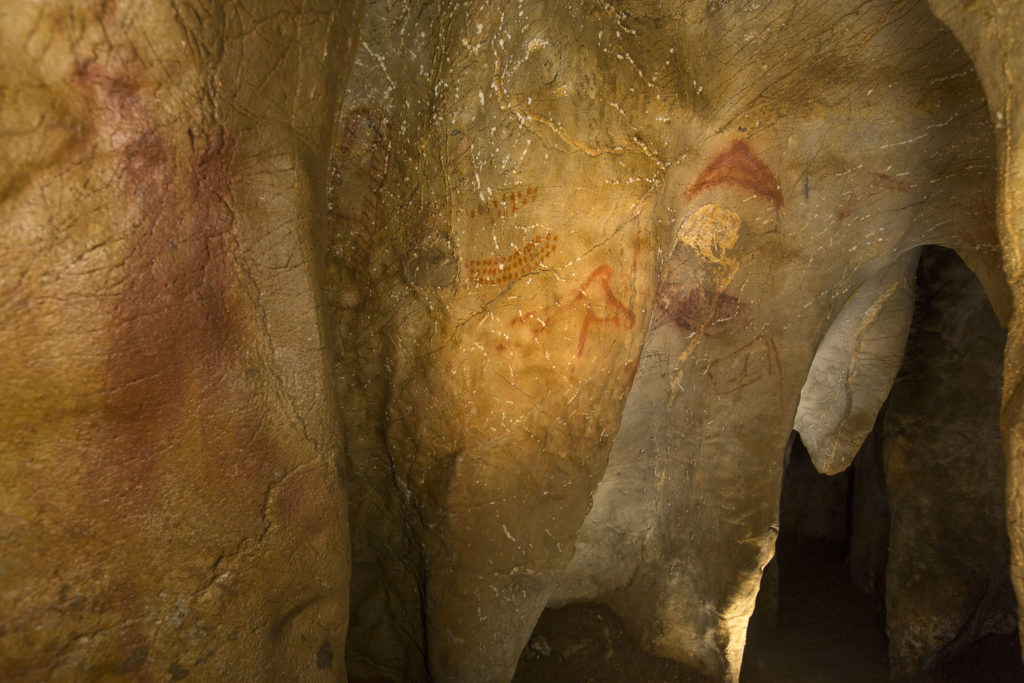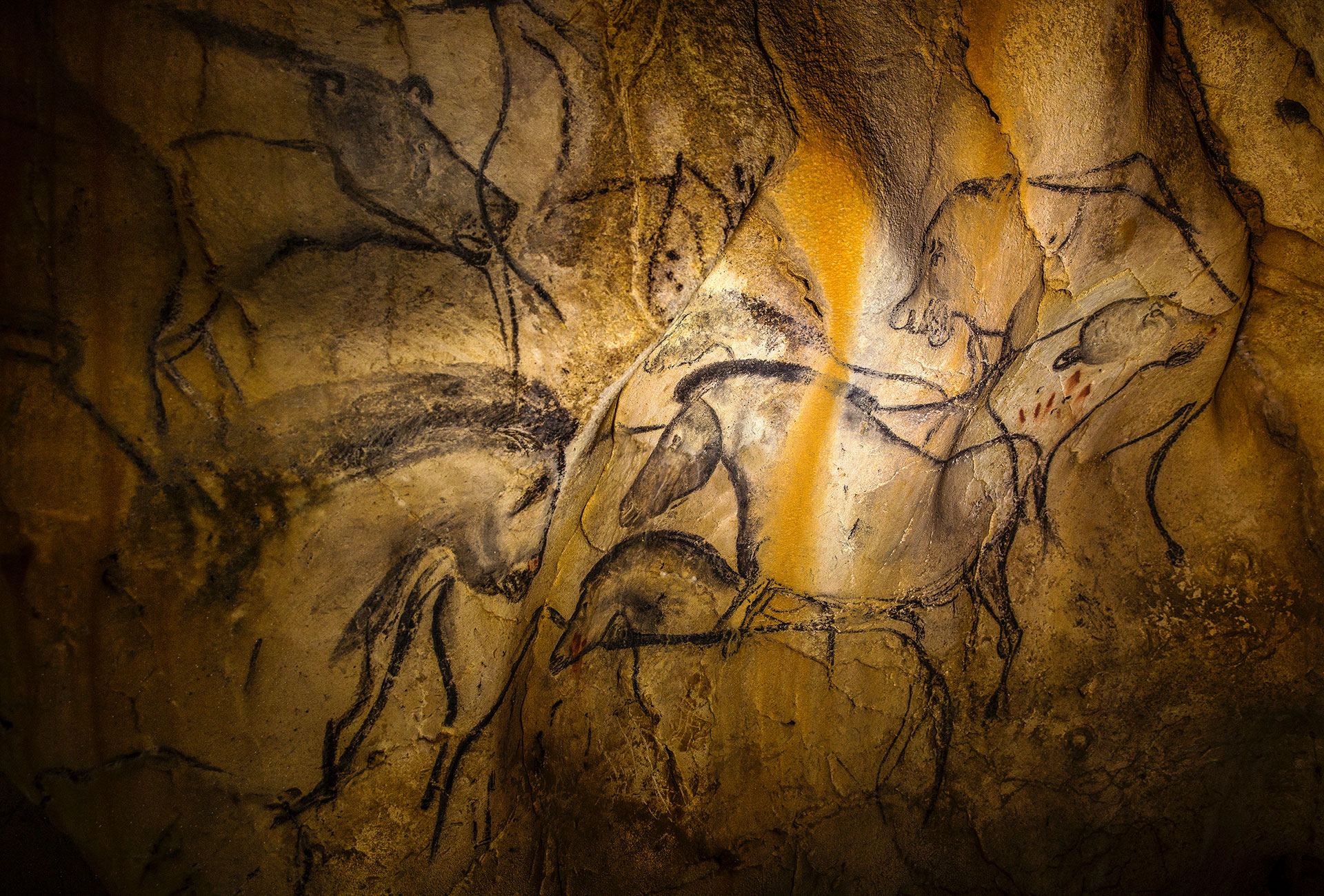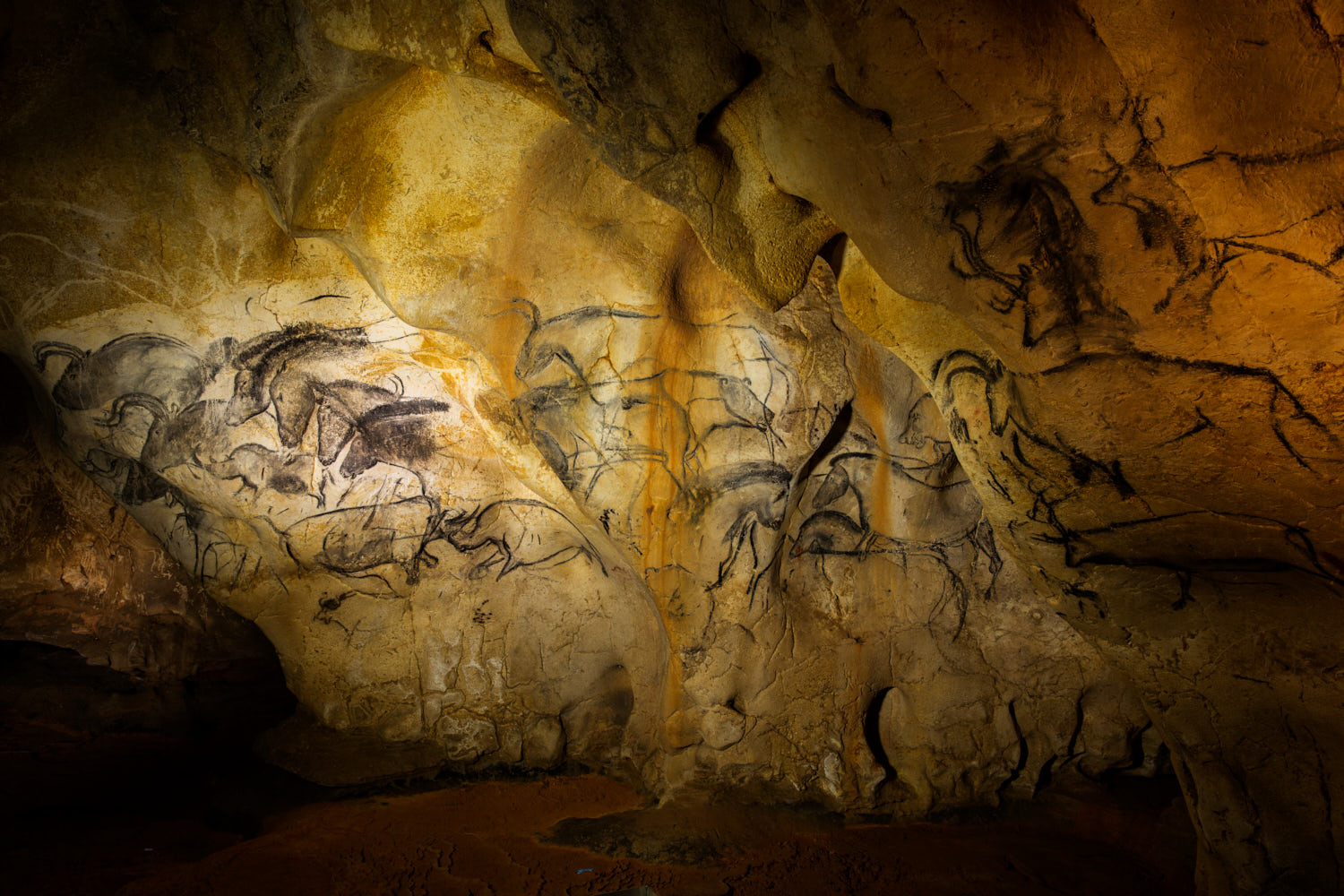A nearly 1 million year old hominid fossil in Europe
A recent study of a hominid tooth found in the Atapuerca Mountains of Spain has confirmed through direct dating that the fossilized remains are nearly 1 million years old. The dating estimate is between 750,000 and 950,000 years before present. It is consistent with sediment deposits at the site but represents the first direct date from a hominid that old. The ESR dating and challenges are explained in Phys.org here. The Atapuerca Mountains have continued to yield very interesting clues about the first hominid inhabitants of Europe. While this new discovery confirms previous associated dates it is exciting in that it opens up the possibility that there will be other direct dates from Hominid fossils both in and out of Europe.







